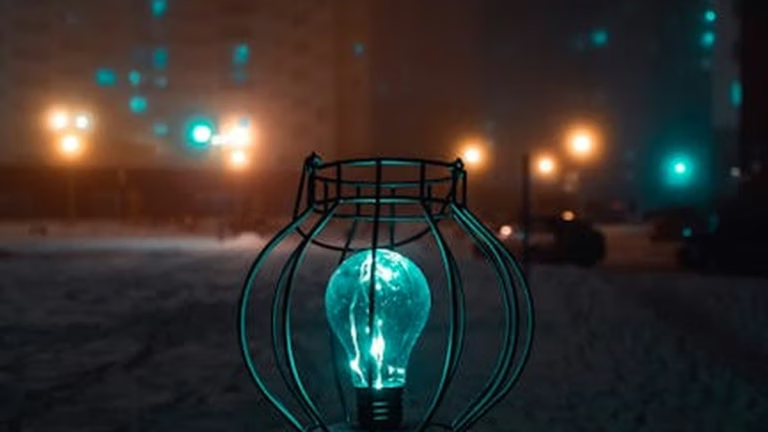Power Nap: Recharge & Focus
Feeling sluggish mid-afternoon? Dreading that looming deadline? Before reaching for another cup of coffee, consider a powerful alternative: the Power Nap. This isn’t just about dozing off; it’s a strategic tool to boost your energy levels, sharpen your focus, and significantly improve your overall productivity. In this guide, we’ll explore the science behind the Power Nap, its incredible nap benefits, and how to master the art of the perfect short sleep to improve focus and conquer your day.
What is a Power Nap and Why Does It Work?
A Power Nap is a short, restorative period of sleep, typically lasting between 20 and 30 minutes. Unlike longer naps that can leave you feeling groggy, a well-timed Power Nap can provide a quick sleep recharge without disrupting your nighttime sleep cycle.
The Science Behind the Recharge
During sleep, our brains consolidate memories and clear out metabolic waste products. Even a short nap allows your brain to perform these essential maintenance tasks. Studies have shown that Power Naps can:
- Improve Alertness: A study by NASA found that pilots who took a 26-minute nap improved their performance by 34% and their alertness by 54%.
- Boost Cognitive Function: Short naps enhance memory, learning, and problem-solving abilities.
- Reduce Stress: Napping lowers cortisol levels, the hormone associated with stress.
- Enhance Creativity: A relaxed mind is a creative mind. Naps can unlock new ideas and perspectives.
The Benefits of Incorporating Power Naps
The nap benefits extend far beyond a simple energy boost. Integrating Power Naps into your routine can have a profound impact on your overall well-being.
- Increased Productivity: A sleep recharge in the afternoon can help you power through the rest of the day with renewed vigor.
- Improved Mood: Naps can combat feelings of fatigue and irritability, leading to a more positive outlook.
- Enhanced Physical Performance: Athletes often use naps to recover from training and improve their performance.
- Better Decision-Making: A well-rested mind makes better decisions.
Mastering the Power Nap: A Step-by-Step Guide
To truly reap the nap benefits, you need a solid nap strategy. Here’s how to perfect your Power Nap technique:
- Find the Right Time: The ideal time for a Power Nap is typically in the early to mid-afternoon (between 1 PM and 3 PM), when your body’s natural circadian rhythm dips.
- Create a Comfortable Environment: Choose a quiet, dark, and cool place where you won’t be disturbed. Use an eye mask or earplugs if needed.
- Set an Alarm: Crucially, limit your nap to 20-30 minutes. Longer naps can lead to sleep inertia, that groggy feeling you experience upon waking.
- Relax and Unwind: Before napping, take a few deep breaths and try to clear your mind. Avoid looking at screens or engaging in stimulating activities.
- Embrace the Post-Nap Routine: After waking up, splash some cold water on your face, stretch, and have a light snack. This will help you shake off any lingering grogginess.
Troubleshooting Common Napping Challenges
Sometimes, even with the best intentions, falling asleep for a Power Nap can be challenging. Here are some solutions to common napping problems:
Difficulty Falling Asleep
- Practice Relaxation Techniques: Try meditation, deep breathing exercises, or progressive muscle relaxation.
- Limit Caffeine Intake: Avoid caffeine in the hours leading up to your nap.
- Create a Consistent Sleep Schedule: Maintaining a regular sleep-wake cycle can make it easier to fall asleep during the day.
Feeling Groggy After Napping
- Shorten the Nap: If you consistently feel groggy, try reducing your nap time to 15-20 minutes.
- Get Some Sunlight: Exposure to sunlight can help regulate your circadian rhythm and reduce grogginess.
- Stay Hydrated: Dehydration can contribute to fatigue and grogginess.
Power Naps vs. Coffee: Which is Better?
While coffee provides a temporary boost of energy, it often comes with side effects like jitters, anxiety, and a subsequent crash. Power Naps, on the other hand, offer a more sustainable and natural way to improve focus and energy levels without the downsides.
Consider this: a Power Nap addresses the root cause of fatigue – lack of sleep – while coffee merely masks the symptoms. Furthermore, the nap benefits extend beyond just energy; they also include cognitive and emotional well-being. Ideally, a Power Nap and a small cup of coffee, consumed before the nap, can be a synergistic combination. The caffeine will kick in just as you wake up, further enhancing the restorative effects of the short sleep.
Real-World Examples: The Power of the Power Nap
Many successful individuals and organizations have embraced the Power Nap as a key nap strategy for enhanced performance. Consider these examples:
- Arianna Huffington: The founder of The Huffington Post is a vocal advocate for the Power Nap and even has nap rooms in her company’s offices.
- NASA: As mentioned earlier, NASA studies have consistently demonstrated the benefits of naps for improving alertness and performance in pilots and astronauts.
- Elite Athletes: Many professional athletes incorporate naps into their training regimens to recover from intense workouts and optimize their performance.
Conclusion: Reclaim Your Day with the Power Nap
The Power Nap is more than just a quick doze; it’s a powerful tool for sleep recharge, improved focus, and enhanced productivity. By Mastering the art of the short sleep, you can unlock a wealth of nap benefits and reclaim your day. So, the next time you’re feeling tired and sluggish, skip the coffee and embrace the transformative power of the Power Nap. Your mind and body will thank you for it!
References
-
Sleep Foundation
– Comprehensive sleep health information and research. -
National Institutes of Health Sleep Health
– National Institutes of Health sleep science and guidelines. -
Mayo Clinic Sleep Guide
– Medical sleep advice from Mayo Clinic experts.






